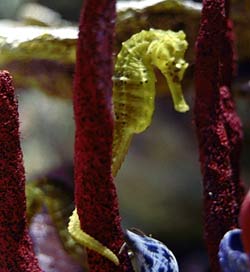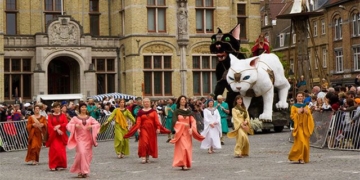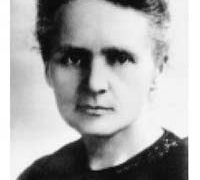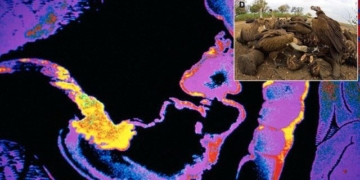After the international recognition of the breeding and reproduction of seahorses, the seahorse research team at the Nha Trang Institute of Oceanography has continued to refine the project for mass production in Khanh Hoa province.
 |
|
(Photo: mccullagh.org) |
With the advantage of a short breeding time (only 6 months), farmers no longer need to worry about breeding stock as the breeding process has been perfected by the Institute of Oceanography, ensuring a stable supply to producers.
Dr. Truong Si Ky from the Nha Trang Institute of Oceanography was the first to propose the idea of researching seahorses, hoping that the success of the project would help protect the rare seahorse species while also allowing for the release of large quantities of seahorses into the wild to restore natural populations. The focus of the researchers is on the black seahorse and the three-spot seahorse.
Currently, there are about 35 species of seahorses worldwide, but they have up to 150 different names. In Khanh Hoa, 8 species of seahorses have been found, primarily living in coral reefs, seagrass beds, and river mouths along the coast.
According to Mr. Hoang Duc Lu from the Nha Trang Institute of Oceanography: “Previously, seahorses were harvested from the wild for research purposes. Now, we have successfully bred parent seahorses from the F1 generation, meaning that naturally occurring juvenile seahorses are raised to maturity. After 6 months, they are capable of reproduction for the first time, allowing us to create a breeding population and produce offspring through artificial reproduction. This is the first successful seahorse project in Vietnam, researched from A to Z.”
However, the most significant achievement of this technology is that it has introduced a new breeding subject for the seafood industry, which in the long term will help maintain a marine specialty for medicinal purposes, especially in efforts to save the seahorse species at risk of extinction in Vietnam.


















































